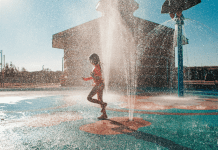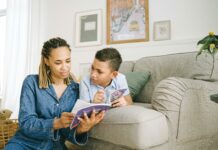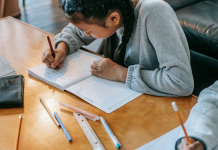As we begin a new school year, you will invariably start hearing the stories from your child: At lunch, Mary sat with Brittany instead of me. Brad pushed me at recess. We got in a fight, and we aren’t friends anymore. How do you equip your child to navigate major and minor conflicts at school and elsewhere?
These tips are brought to you by Clayton-Bradley Academy.
What is your first reaction when your child experiences a conflict with a sibling, friend, or stranger? While timeouts and withdrawing privileges may have their time and place, try asking the following questions to help your child learn to work through a problem, take responsibility for their behaviors, and play an active role in the solution.
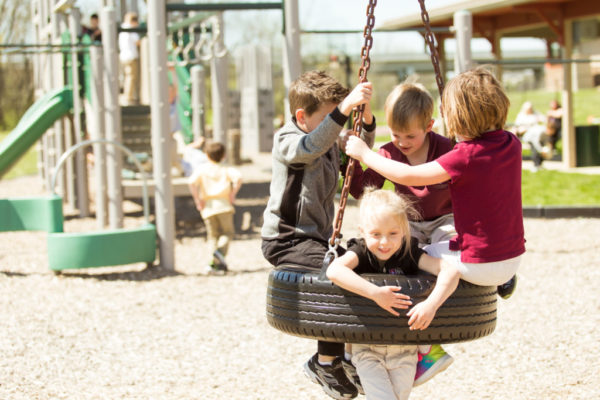
Who was hurt?
Support your child and others involved in communicating their feelings. Help them name emotions, and remind them that it is ok to have these emotions. Encourage your child to think about how each side was affected, including more than just the obvious “victim.”
What are their needs?
Leading up to the conflict, what was each side needing or wanting? Help your child understand that each side has a point of view and neither one is 100% right or wrong. Allow your child to share his or her perspective, but foster empathy by asking your child to hear other sides as well.
What are the causes?
Behavior always has a motive. Give your child time to think about why the conflict happened. What was each side trying to accomplish? Were there other things going on that contributed to the conflict? Support your child in identifying his or her own wrong behaviors and taking responsibility.
How can we make things right?
Include your child in the problem-solving process, along with others involved: encourage collaboration to think of ways to repair damaged relationships. This may be a simple apology, a compromise, or an act of reparation such as a letter, gift, or service. Getting to be part of the solution and healing process helps children develop accountability for their own actions and build responsibility.
What could we do differently next time?
Be proactive and ask your child to think about how they might handle things differently in the future. What would have prevented the conflict or helped resolve it earlier?
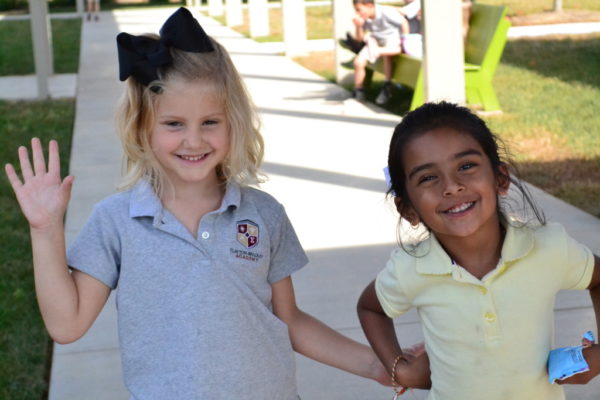
These questions are just a starting place to help your child deal with the conflicts they will inevitably face throughout their lives. You can easily adjust the questions for different ages. With preschool-aged children, focus on who was hurt, what caused the problem, and how to make things right. Empower older children to use this framework on their own when you are not around to mediate: they can always listen to others’ points of view, acknowledge their own wrong behaviors, and offer solutions.
Teaching children how to resolve conflicts can be challenging and time-consuming work, but the benefits, including healthy emotion regulation, social awareness, communication skills, confidence, and lasting friendships, will serve you and your child for years to come.
Resources include The Little Book of Restorative Discipline for Schools and “Resolving Conflict” at kidsmatter.edu.
About Clayton-Bradley AcademyClayton-Bradley Academy is an independent PreK-12 STEM school in Blount County, convenient to Knoxville and the surrounding areas. The small, year-round school offers students a nurturing place to excel through critical thinking, collaboration, problem-solving, and Lifelong Guidelines and Lifeskills. |


